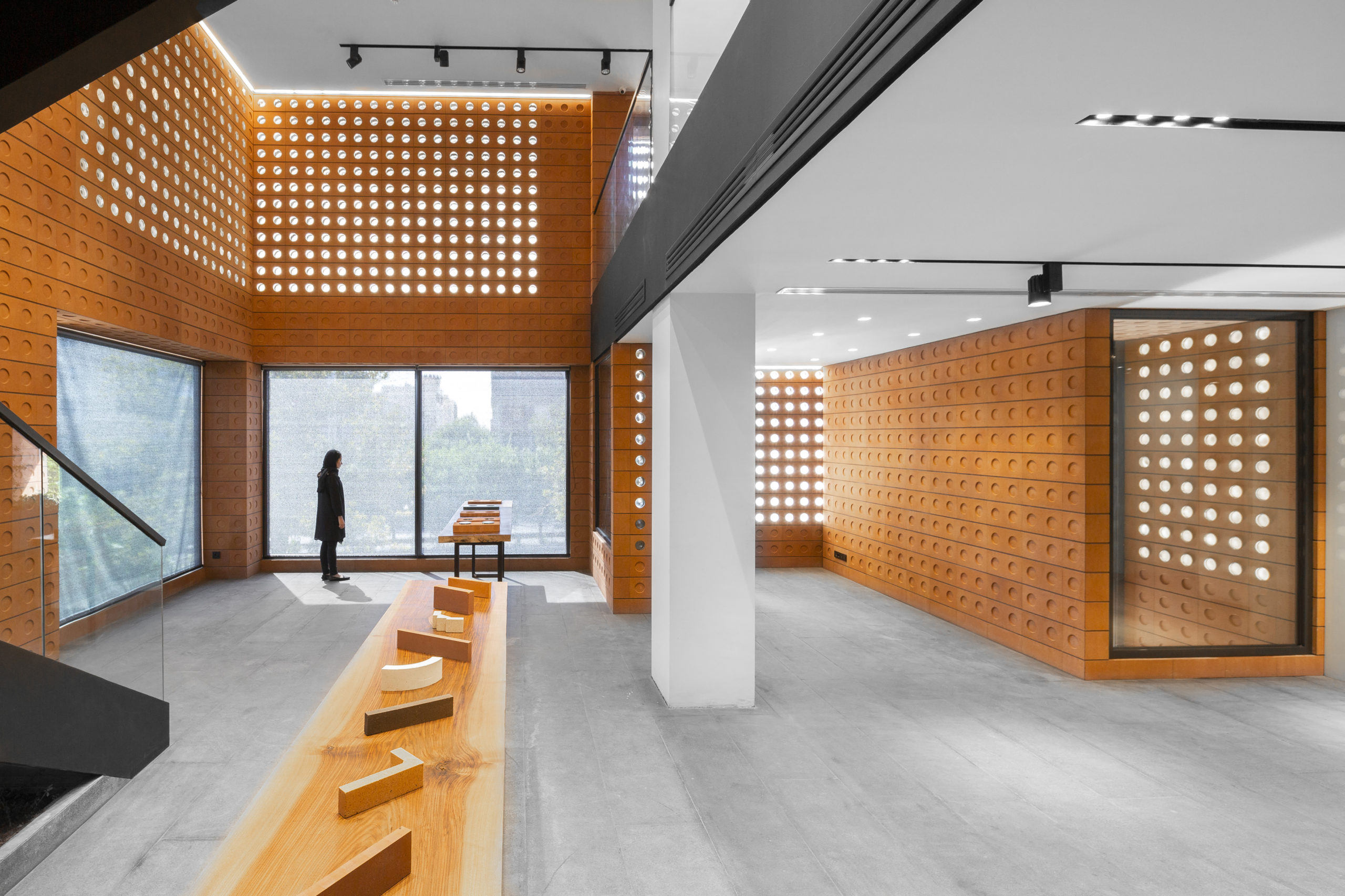Why CDA Architects Are Leaders in Architectural Style and Advancement
Why CDA Architects Are Leaders in Architectural Style and Advancement
Blog Article
A Detailed Review of Building Designs and Their Influence on Modern City Planning and Advancement
Building styles have actually long offered as a mirror to the societal worths and technological advancements of their time, playing an essential duty in forming modern city preparation and advancement. From the grandeur of Neoclassicism to the practical technique of Brutalism, each style has actually introduced special ideas that affect metropolitan appearances and performance.
Historical Introduction of Architectural Designs
Throughout background, architectural designs have actually evolved in feedback to cultural, technical, and environmental variables. Each duration shows the dominating values, beliefs, and developments of its time, leading to a rich tapestry of style that signifies human creativity and adjustment. The old worlds, such as the Egyptians and Greeks, established fundamental designs that emphasized proportion and percentage, serving both useful and aesthetic objectives.
As cultures transitioned via the Middle Ages, Gothic design arised, defined by its verticality and elaborate detailing, mirroring the spiritual ambitions of the age. The Renaissance marked a revival of timeless perfects, combining art and design in cutting-edge methods that influenced subsequent styles throughout Europe.
The Industrial Revolution presented new products and construction strategies, motivating activities like Innovation, which challenged typical kinds and embraced simplicity and performance. The 20th century saw a diversity of designs, with Postmodernism reacting versus the stark minimalism of its precursor, incorporating historical recommendations and diverse elements.
Today, architectural styles remain to evolve, driven by globalization and sustainability concerns, reflecting a vibrant interaction in between heritage and development. This historic review highlights the importance of design as a mirror of social evolution and as a stimulant for urban advancement.
Trick Architectural Styles Explained
The variety of building styles mirrors the myriad influences that form our constructed atmosphere, each symbolizing unique features and social importances. Trick building styles consist of Classic, Gothic, Baroque, Modernism, and Postmodernism, each representing special historical contexts and visual approaches.
Timeless architecture, rooted in old Greece and Rome, stresses symmetry, percentage, and making use of columns. In contrast, Gothic design, flourishing in the center Ages, is defined by sharp arches, ribbed safes, and flying buttresses, producing an aerial quality in cathedrals. Baroque design, emerging in the 17th century, is noted by grandeur, sophisticated ornamentation, and a vibrant interaction of light and shadow.

Comprehending these styles provides insight into the cultural stories and technical advancements of their respective eras, highlighting how architecture offers not equally as a sanctuary, yet as a representation of social values and goals.
Effect on Urban Planning
In shaping Resources the development of cities, building styles dramatically influence city planning choices. The choice of building style commonly dictates the aesthetics, capability, and overall character of city atmospheres.
In addition, architectural designs can influence zoning policies and land make use of policies. Urban coordinators have to consider the dominating building trends when developing areas, ensuring that new growths harmonize with existing structures. This factor to consider fosters cohesive city landscapes and enhances neighborhood identification.
The execution of particular architectural designs can also influence socioeconomic aspects within a city. Premium modern layouts may attract upscale homeowners and companies, leading to gentrification, while extra cost effective real estate options might prioritize sensible and sustainable styles to fit varied populaces. Ultimately, the interplay between building styles and urban planning creates dynamic cities that reflect both historical context and contemporary needs, shaping the lived experiences of their residents.
Sustainability and Modern Design
Architectural styles play a pivotal role in dealing with contemporary obstacles, specifically in the world of sustainability. As metropolitan areas expand and environmental concerns magnify, modern style significantly welcomes sustainable layout principles that prioritize power effectiveness, resource conservation, and marginal environmental impact.
Contemporary building motions, such find out as biophilic design and environment-friendly style, advocate for structures that integrate with their surroundings, utilizing all-natural materials and promoting biodiversity - cda architects. These designs often integrate sustainable energy sources, such as photovoltaic panels and wind generators, to decrease dependence on fossil gas and reduced carbon impacts
Furthermore, the combination of innovative technologies, such as clever structure systems, enhances energy management, enhancing source usage while guaranteeing owner comfort. Cutting-edge water management methods, including rainwater harvesting and greywater recycling, more contribute to lasting urban atmospheres.
Especially, sustainability prolongs past environmental issues; it incorporates social and economic dimensions too. By promoting area wellness and advertising inclusivity, modern-day architectural styles line up with lasting growth goals. The development of architectural methods proceeds to form resilient cities that not only fulfill the needs of the present yet also secure the future for generations to come.
Area Engagement in Style
Area involvement in layout functions as an essential bridge in between architects and the populations they YOURURL.com serve, making sure that the constructed environment mirrors the demands and desires of its customers. This joint procedure invites community participants to add their insights and choices, fostering a sense of ownership and obligation towards the rooms they inhabit.
Efficient neighborhood interaction utilizes different techniques, such as workshops, studies, and public forums, to gather diverse point of views (cda architects). These techniques promote a two-way discussion, permitting designers to recognize neighborhood contexts while encouraging homeowners to voice their problems and needs. This inclusivity not just enhances the design top quality however likewise promotes social equity by resolving the special difficulties faced by marginalized teams

Conclusion
Architectural styles have exceptionally influenced contemporary city planning and advancement, showing advancing social and technical contexts. The assimilation of historic visual appeals with contemporary needs fosters urban environments that prioritize sustainability and community engagement. As cities remain to expand and adjust, the recurring discussion between architectural heritage and modern design principles will certainly remain essential in creating comprehensive, vivid rooms that improve high quality of life and promote social equity. The future of urban development joints on this unified equilibrium.
Report this page